Guitar Capo – All You Need To Know Guide For Beginner Guitar Players
Author: Mike Shear
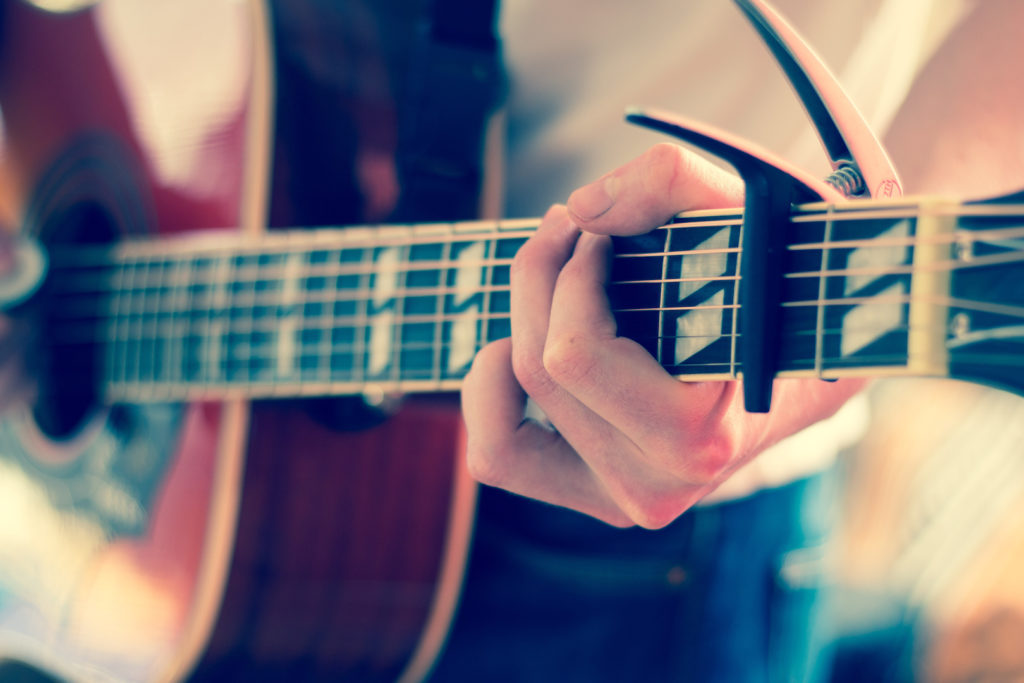
Table of Contents
How To Play Guitar With A Capo?

Have you ever learned how to play your favourite song, only to struggle to with the singing the full range of notes? Wishing you could just move the song up a step or two, so that low note would not be out of reach, or you could sing that high note down an octave.
This is such a common problem for string players, that sometime in the mid 1700’s, players created a brass tool, called a Capo to solve it, the name is derived from the Italian words capo testo meaning head fret.
Learn to play Guitar on your mobile (click for free download)

What is a Capo?
A Capo can best be described as a movable guitar nut. The nut is the strip of material that is in between the neck and the headstock. It keeps the strings aligned with the bridge. Nuts are made out of many different materials, including; plastic, bone, metals, graphite, and other carbon composites.
The idea behind a capo is to allow you to play standard open chord voicings and change the key to allow a vocalist to match pitch with minimal effort. For example, placing the capo in the first fret (below), while playing an open G chord voicing results in an A flat, a key that would be difficult to play in without the capo.
How to use a Capo on Guitar?
Capo placement  within the fret will depend on the intonation of the guitar and the grip of the capo. The ideal position is where there is minimum string buzz with the most accurate tuning.
within the fret will depend on the intonation of the guitar and the grip of the capo. The ideal position is where there is minimum string buzz with the most accurate tuning.
This is different for every guitar.
The variations in placement are due to scale (distance from where the nut meets the fretboard, and the string meets the saddle) and height of the action (distance of the string from the fretboard), as well as the width of the fretboard.
A capo will enable elementary players to have the complete range of keys at their disposal. More experienced players may also use capos for ease of key transition.
Different kinds of Guitar Capos?
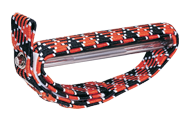
There are several basic capo designs:
- Cloth and Toggle capos have a toggle of wood, hard rubber, or metal that lays against the fretboard, while a strap of nylon cloth wraps around the back of the neck and connects to the top and bottom of the toggle.
- Spring Loaded capos, also referred to as quick-change capos, are currently the most popular design due to their ability to be easily added or removed with one hand. The capos have a spring loaded hinged

Spring Loaded Capo clamp. A few dollars more than the Cloth and Toggle designs, they can attach to your headstock for easy accessibility during a gig.
The only drawback of this design is the inability to adjust the tension of the spring. This may create issues with seating the capo without bending a few of the strings out of tune, or creating fret buzz with higher action and thicker necked guitars. You can clamp the capo on from either the top, or bottom of the neck, it’s personal preference. I tend to clamp from the top, moving the spring mechanism out of the way of my fretting hand.

C-clamp Capo C clamp capos remove the spring from the quick change and add a thumbscrew to the hinged clamp. These designs take longer to set in place, but the ability to adjust the tension for the individual guitar can minimise unwanted fret buzz and keeps the strings from being bent out of tune.
- Roller, or Glider capo – A newer design to on the market. A round toggle lies across the fretboard with a spring on the top and bottom of the toggle that connects to a rubber cylinder that sits on the back of the neck. This capo is designed to sit behind the nut when not in use and is slid to the desired fret when needed.
Learn to play Guitar on your mobile (click for free download)
How to buy a capo?

The majority of capos range in price from $5-$20 USD, with boutique offerings made from highly polished metal and wood, with interchangeable rubber materials varying in firmness that rest on the fretboard usually selling in the $50 USD range.
Personal recommendations for capo purchases will be in a later article, but here are couple of points someone should look for when purchasing a capo.
1. The quality of the material that touches the fret board – Most modern capos use some type of rubber, which will naturally wear over time. Cheaper capos will use a cheaper rubber that will become brittle over a shorter amount of time than their more expensive counterparts, and will have a shorter usable life span, causing eventual string buzz, and poor intonation. Also be weary of any sharp edges.
2. Smoothness of the Capo – Poor machining of the metal parts of a capo can result in scratching or gouging the neck of the guitar when putting the capo into place, simply run your fingers over a capo to make sure there are not unusual bumps or burs in the unit you purchase. Any type of spring loaded mechanism will need to be a good quality, since that too, will wear over time, leading to more string buzzing and/or deadening string issues.
A few songs that use capos:
“Hotel California” The Eagles | Capo 7
“Wonderwall” Oasis | Capo 2
“I’m Yours,” Jason Mraz| Capo 2
“Your Body Is a Wonderland,” John Mayer| Capo 3


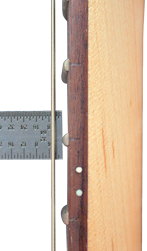

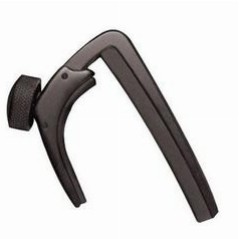

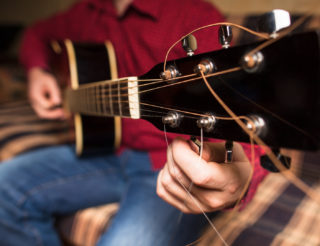
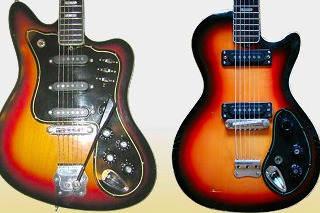
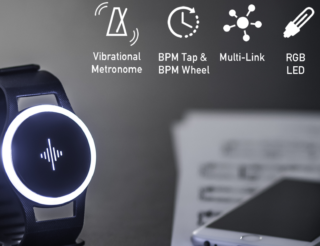


Thanks for the info.